A darkroom is a specially designed room or space used for developing and printing photographic film. The room is completely light-sealed to prevent any unwanted exposure to light that could ruin the film. In a darkroom, photographers use various chemicals and processes to transform exposed film into physical prints or digital images.
The darkroom is typically equipped with specialized red or amber lighting, which is less likely to affect the photographic film than white light. The red or amber light is also easier on the eyes than white light, making it easier for photographers to work in the dimly lit space.
The process of developing photographic film in the darkroom involves several steps. First, the exposed film is removed from the camera and loaded onto a reel, which is then placed in a light-tight developing tank. The tank is filled with a developing solution, which causes the latent image on the film to become visible.
Next, the film is moved to a series of trays filled with stop bath and fixer solutions. The stop bath halts the development process, while the fixer solution removes any remaining light-sensitive material from the film, leaving behind a permanent image.
Once the film has been developed, it can be dried and either scanned to create a digital image or used to make a physical print. To make a print, the developed film is loaded into an enlarger, which projects the image onto light-sensitive paper. The paper is then moved through a series of chemicals to develop and fix the image.
In addition to the basic equipment used for developing and printing film, a darkroom may also contain other tools and supplies such as film developing tanks, enlargers, printing paper, chemicals, tongs, trays, timers, and safelights.
While digital photography has largely replaced traditional film photography, many photographers still prefer the process of working in a darkroom. Developing film in a darkroom allows for greater control over the final image and provides a more tactile, hands-on experience.

